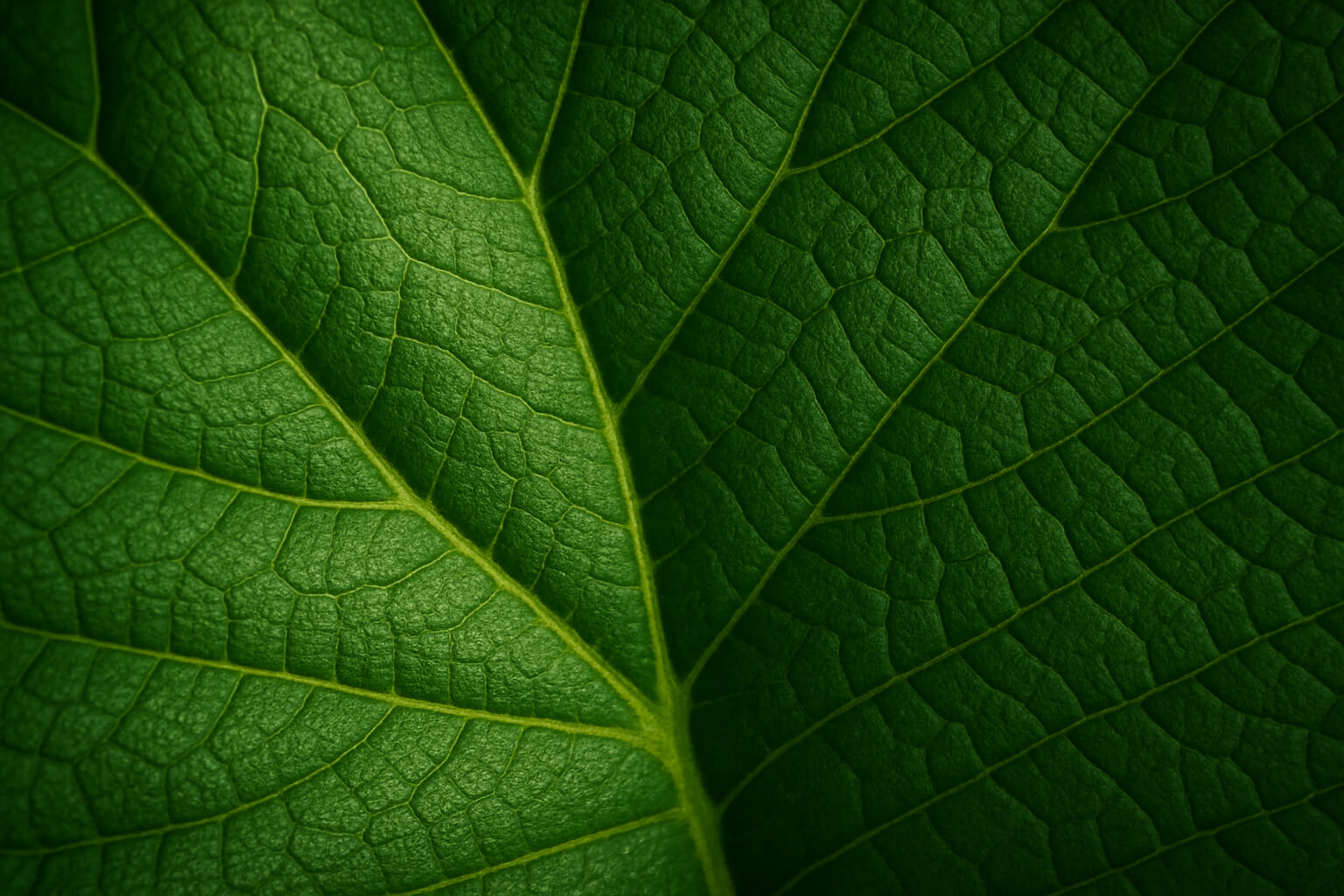How to Capture Texture in Macro Photography

Texture in photography adds depth and tactile quality to images, making them more engaging and lifelike. It transforms flat surfaces into dynamic visuals, allowing viewers to feel as though they can touch the subject.
- Key subjects for texture-rich macros: Leaves, skin, fabrics, jewelry, wood grains, insects, food, and more.
- Artistic value: Texture creates mood, helps with storytelling, and showcases fine details.
Use the Right Equipment
The right gear is essential for capturing sharp, detailed macro images.
- Macro Lens: A dedicated macro lens with 1:1 magnification allows you to capture life-sized images of tiny subjects.
- Tripod: Stability is crucial in macro photography to prevent camera shake.
- Remote Shutter Release: Prevents camera shake when pressing the shutter button.
- Focus Rails: Allow precise focusing adjustments at high magnifications.
Master Lighting to Reveal Texture
Lighting plays a pivotal role in emphasizing texture by casting shadows and highlights that define surface details.
Camera Settings for Texture in Macro
Achieving sharp, detailed macro images requires careful camera settings.
- Aperture: Use smaller apertures (f/8 to f/16) to increase depth of field, ensuring more of the subject is in focus.
- Shutter Speed: Use a fast enough shutter speed to prevent motion blur, compensating with lighting if necessary.
- ISO: Keep ISO low (100–400) to avoid noise, which can obscure fine texture details.
- Manual Focus: Allows precise focusing on the textural details, which is crucial in macro photography.
- For more on camera settings, see:
- The Best Camera Settings for Professional-Looking Photos 2025(tomsguide.com)
Editing Techniques to Enhance Texture
Post-processing can enhance texture details without making the image look artificial.
Use Negative Space for Emphasis
Incorporating negative space in your composition can draw attention to the textured subject by isolating it from the background.
- Simplify the Background: Use a plain or blurred background to make the textured subject stand out.
- Positioning: Place the subject off-center to create a balanced composition that emphasizes the texture.
- For more on negative space, see:
- What is Negative Space in Photography?
Keep Practicing Different Surfaces
Experimenting with various surfaces can help you understand how different textures interact with light and how to capture them effectively.
- Natural Surfaces: Leaves, tree bark, and stones offer a variety of textures and patterns.
- Man-Made Surfaces: Textiles, metals, and paper can provide unique textures and details.
- For more on photographing patterns and textures in nature, refer to:
- 10 Tips for Photographing Patterns and Textures in Nature
Build Your Photography Business
Once you've honed your macro photography skills, consider monetizing your work.
